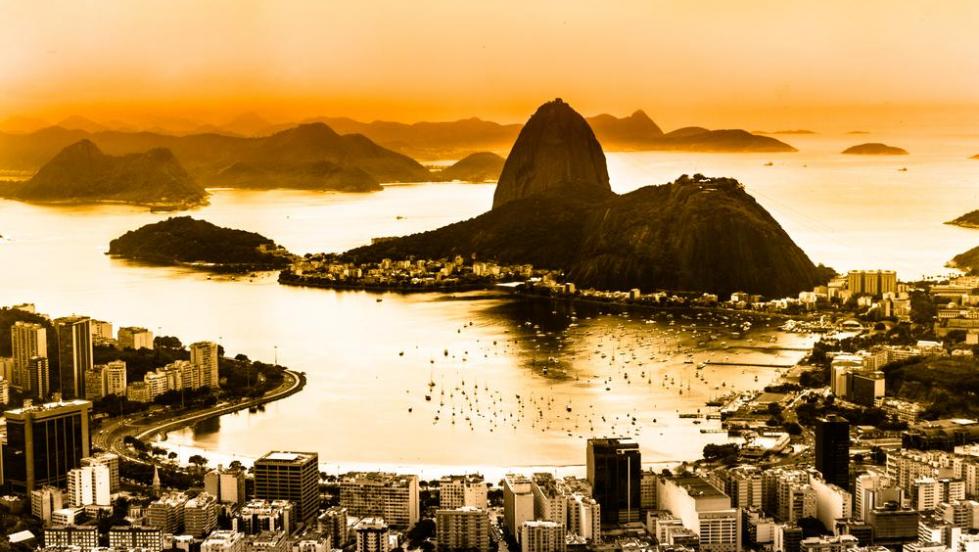About South America
South America is a continent located in the western hemisphere, mostly in the southern hemisphere, with a relatively small portion in the northern hemisphere. It is bordered on the west by the Pacific Ocean and on the north and east by the Atlantic Ocean; North America and the Caribbean Sea lie to the northwest. South America has an area of 17,840,000 Km2 (6,890,000 sq mi). Its population as of 2005 has been estimated at more than 371,090,000 most of the population lives near the continent's western or eastern coasts while the interior and the far south are sparsely populated. . South America is home to the world's highest uninterrupted waterfall, Angel Falls in Venezuela; the highest single drop waterfall Kaieteur Falls in Guyana; the largest river (by volume), the Amazon River; the longest mountain range, the Andes, the driest non-polar place on earth, the Atacama Desert, the largest rainforest, the Amazon Rainforest; the highest capital city, La Paz, Bolivia; the highest commercially navigable lake in the world, Lake Titicaca; and, excluding research stations in Antarctica, the world's southernmost permanently inhabited community, Puerto Toro, Chile. The continent's cultural and ethnic outlook has its origin with the interaction of indigenous peoples with European conquerors and immigrants and, more locally, with African slaves. In 1494, Portugal and Spain, the two great maritime European powers of that time, on the expectation of new lands being discovered in the west, signed the Treaty of Tordesillas, by which they agreed, with the support of the Pope, that all the land outside Europe should be an exclusive duopoly between the two countries. The independence of South America was secured by Simón Bolívar (Venezuela) and José de San Martín (Argentina) by 1833. South America is a fantastic continent with beautiful scenery and beaches plus historical towns and cities.
